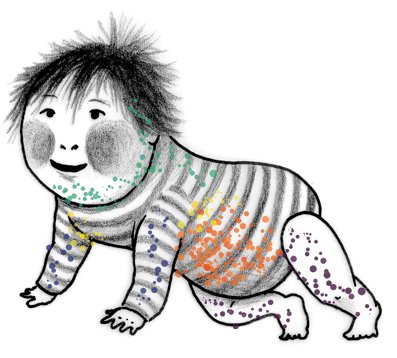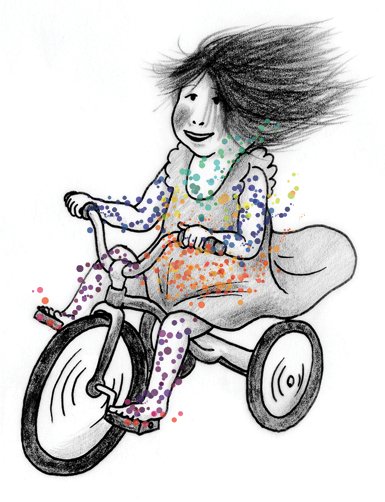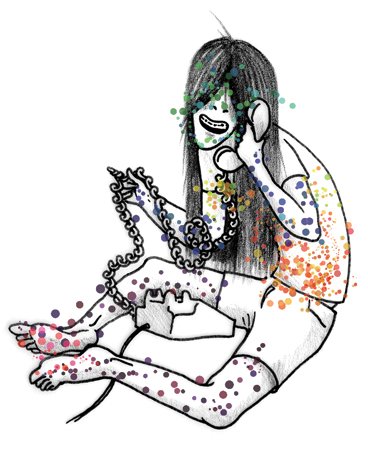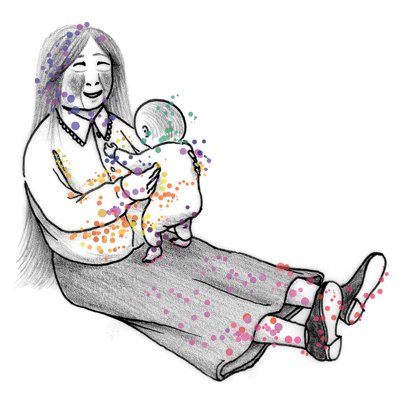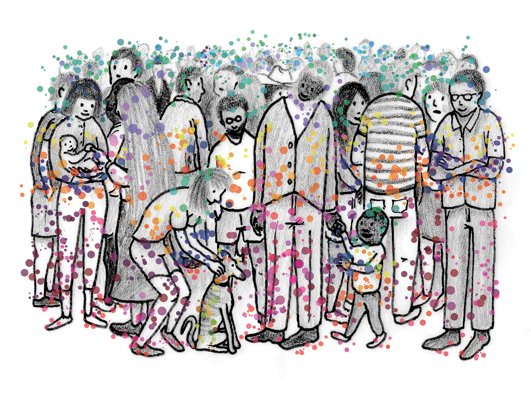References
Aagaard, K., Riehle, K., Ma, J., Segata, N., Mistretta, T.-A., Coarfa, C., Raza, S., Rosenbaum, S., Van den Veyver, I., Milosavlijevic, A., Gevers, D., Huttenhower, C., Petrosino, J. & Versalovic, J. (2012). A metagenomic approach to characterization of the vaginal microbiome signature in pregnancy. PLoS ONE, 7(6), e36466. doi: 10.1371/journal.pone.0036466
Azad, M.B., Konya, T., Maughan, H., Guttman, D.S., Field, C.J., Chari, R.S., Sears, M.R., Becker, A.B., Scott, J.A. & Kozyrskyj, A.L. (2013). Gut microbiota of healthy Canadian infants: profiles by mode of delivery and infant diet at 4 months. Canadian Medical Association Journal, 185(5), 385-394. doi: 10.1503/cmaj.121189
Caporaso, J.G., Lauber, C.J., Costello, E.K., Berg-Lyons, D., Gonzalez, A., Stombaugh, J., Knights, D., Gajer, P., Ravel, J., Fierer, N., Gordon, J.I. & Knight, R. (2011). Moving pictures of the human microbiome. Genome Biology, 12, R50. doi: 10.1186/gb-2011-12-5-r50
Grice, E.A., Kong, H.H., Conlan, S., Deming, C.B., Davis, J., Young, A.C., NISC Comparative Sequencing Program, Bouffard, G.G., Blakesley, R.W., Murray, P.R., Green, E.D., Turner, M.L. & Segre, J.A. (2009). Topographical and temporal diversity of the human skin microbiome. Science, 324(5931), 1190-1192. doi: 10.1126/science.1171700
Grice, E.A. & Segre, J.A. (2011). The skin microbiome. Nature Reviews Microbiology, 9, 244-253. doi: 10.1038/nrmicro2537
The Human Microbiome Project Consortium (2012). Structure, function and diversity of the healthy human microbiome. Nature, 486, 207-214. doi: 10.1038/nature11234
Jakobsson, H.E., Jernberg, C., Andersson, A.F., Sjolund-Karlsson, M., Jansson, J.K. & Engstrand, L. (2010). Short-term antibiotic treatment has differing long-term impacts on the human throat and gut microbiome. PLoS ONE, 5(3), e9836. doi: 10.1371/journal.pone.0009836
Koenig, J.E., Spor, A., Scalfone, N., Fricker, A.D., Stombaugh, J., Knight, R., Angenent, L.T. & Ley, R.E. (2011). Succession of microbial consortia in the developing infant gut microbiome. Proceedings of the National Academy of Sciences of the United States of America, 108(S1), 4578-4585. doi: 10.1073/pnas.1000081107
Murgas Torrazza, R. & Neu, J. (2011). The developing intestinal microbiome and its relationship to health and disease in the neonate. Journal of Perinatology 31, S29-S34. doi:10.1038/jp.2010.172
Robinson, C.J., Bohannan, B.J.M. & Young, V.B. (2010). From structure to function: the ecology of host-associated microbial communities. Microbiology and Molecular Biology Reviews, 74(3), 453-476. doi: 10.1128/MMBR.00014-10
Spor, A., Koren, O. & Ley, R. (2011). Unraveling the effects of the environment and host genotype on the gut micobiome. Nature Reviews Microbiology, 9, 279-290. doi:10.1038/nrmicro2540
Yatsunenko, T., Rey, F.E., Manary, M.J., Trehan, I., Dominguez-Bello, M.G., Contreras, M., Magris, M., Hidalgo, Gl, Galdassano, R.N., Anokhin, A.P., Heath, A.C., Warner, B., Reeder, J., Kuczynski, J., Caporaso, J.G., Lozupone, C.A., Lauber, C., Clemente, J.C., Knights, D., Knight, R. & Gordon, J.I. (2012). Human gut microbiome viewed across age and geography. Nature, 486, 222-228.

